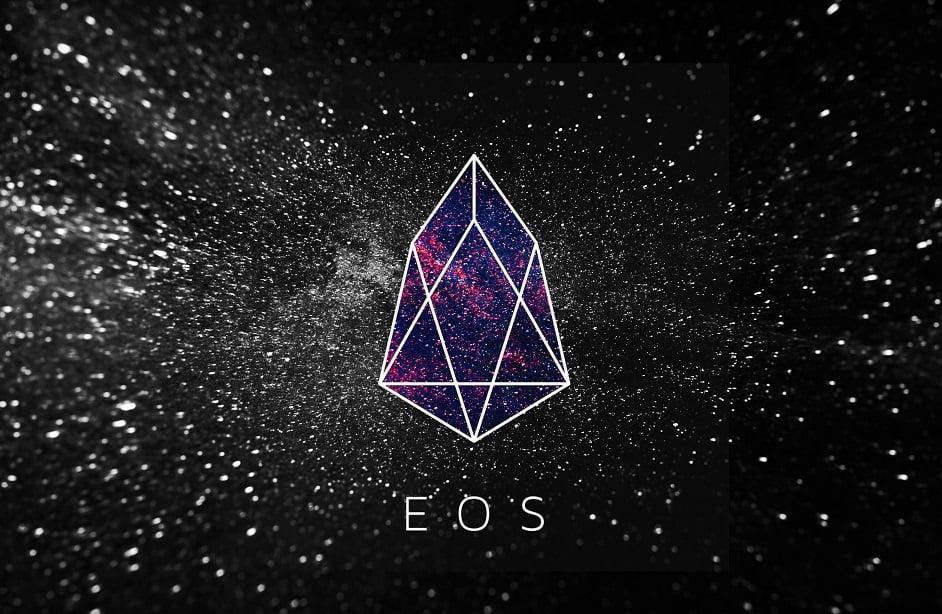Anyone who has spent the last few years following the cryptocurrency space has likely run across the name of Dan Larimer. His involvement in Bitcoin dates back to some of the earliest forum posts by Satoshi Nakamoto. Now, Dan Larimer is looking to push the boundaries of the blockchain itself. While cryptocurrencies have obviously gained a lot of traction in 2017, we have already seen the potential for transaction times to outpace the capacity of the individual blockchains in which the transactions exist. Essentially, independent blockchains result in creating this scarcity, as they are all significantly limited by their bandwidth, hardware and overall designs.
As we have seen over the past year, both Bitcoin and Ethereum have hit their transaction limits at times of peak network activity, putting significant strain on the ability of users to access their tokens. This resulted in delays, higher fees and a significant backlog of transactions. Larimer has long advocated using his self-developed DPoS (Delegated Proof of Stake) as a solution to this problem. This technology has come under some criticism in the past, however, as many have argued that by relying on only 20-100 validators, the system can be unduly centralized. This point has been argued by Larimer on many occasions, who has responded that in fact, DPoS is “the most decentralized”, by choosing not to focus on wealth as a selection criteria, something often used in other blockchains.
At present, Dan is dedicating his efforts to the as-yet-unlaunched EOS platform, which aims to serve as a platform for truly next-generation decentralized applications. Many of the features being developed for EOS can already be seen in their infancy in his previous two projects. With Bitshares (2014) and Steem (2016), Dan has long since focused on dramatically increasing the capacity of blockchains, so that they can scale-up to reach their true potential. In comparison to Ethereum, which can process only about 20 transactions per second, Bitshares was developed in the shadow of the Mt. Gox collapse to be able to process 100,000 transactions per second.
This transaction speed and flexibility was then integrated into Steem, Dan’s next project. Additionally, Steem took yet another step into the future by completely eliminating all transaction fees by adopting the “bandwidth model.” Unlike traditional Proof of Work, which secures the network via fees, the bandwidth model allows Steem to prevent spamming of the network by splitting the network’s capacity among users who hold the currency. This lead to Steem being able to enable actions such as voting, and also reduce the time sufficiently to hide the blockchain in the background, allowing new users to join without feeling overwhelmed by technical details.
Dan’s newest project, EOS, aims to capitalize on all these technologies as well as allowing parallel execution via asynchronous communication, which is a major breakthrough of the previous rate-limiting function. Just this week, Dan announced in the official Telegram channel that EOS will be the first blockchain with sub-second block times that could be as low as 500 milliseconds. Essentially, this means that the time betweeen a user submitting a transaction and confirming a transaction could be consistently under a second, as opposed to bitcoin’s 10 minutes.
Assuming that these much-lauded advances reach fruition, this could represent a major change in the way that blockchains function, and could lead to significant rises in the price of EOS, as new applications launch on the platform. While there are always significant risks in embracing new technologies, the potential of Dan Larimer’s new designs could cause a major upending in the industry.
Disclosure: This is a Sponsored Article

